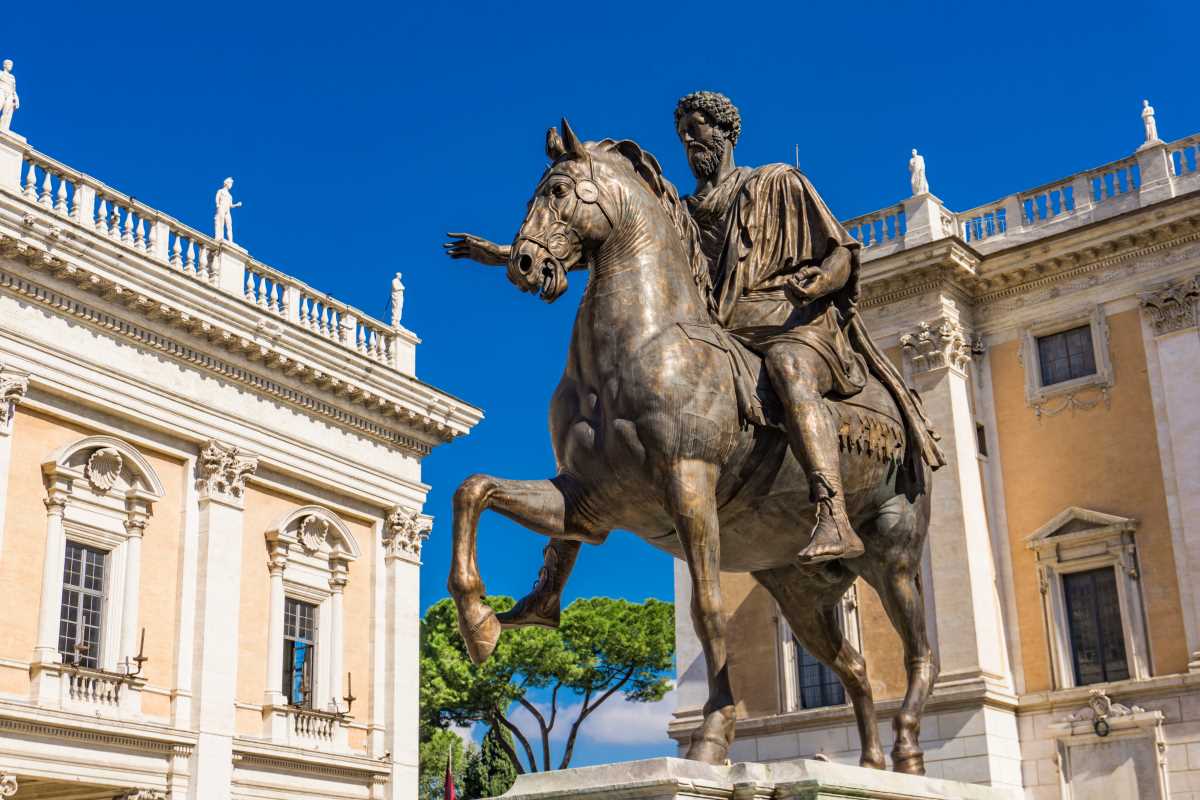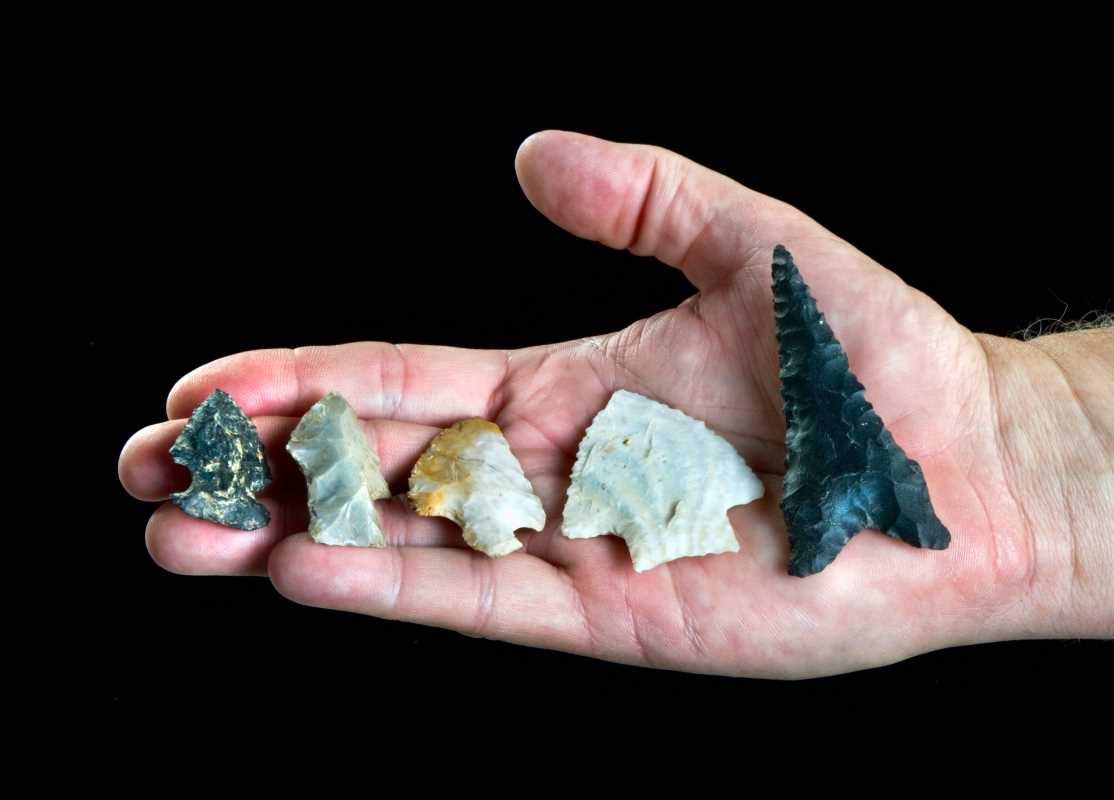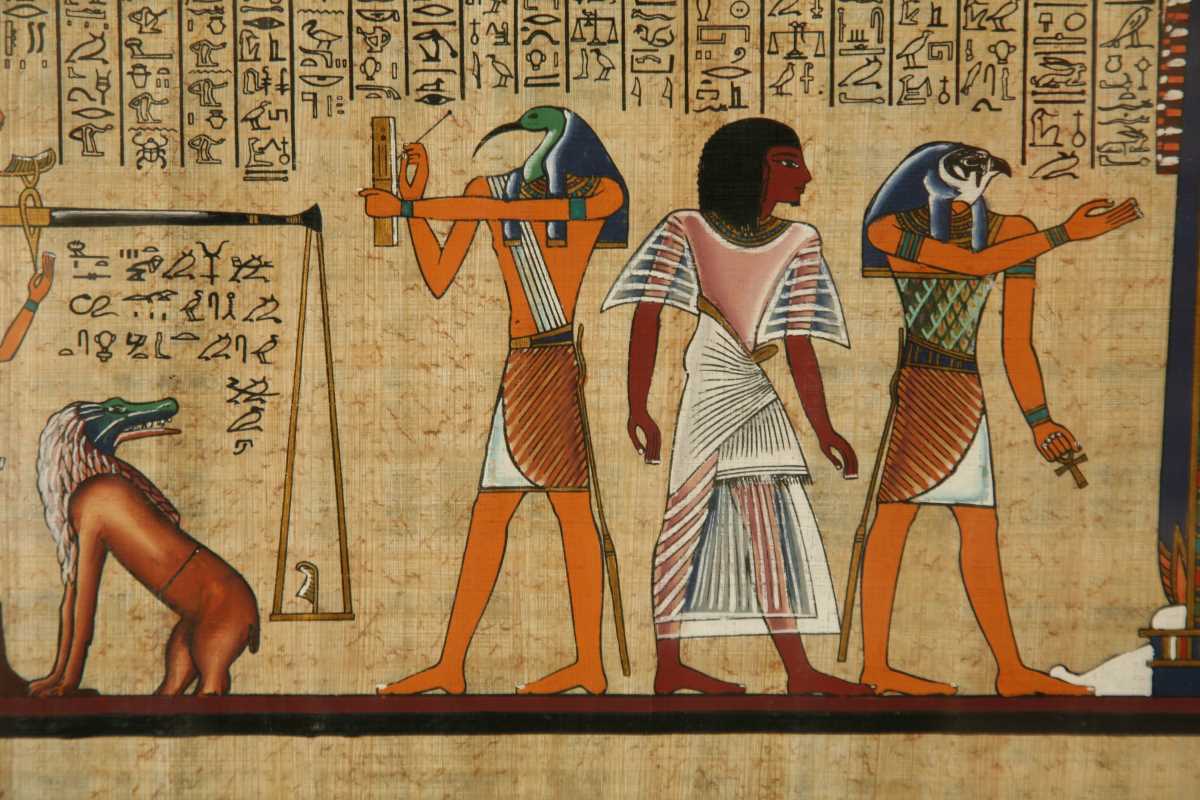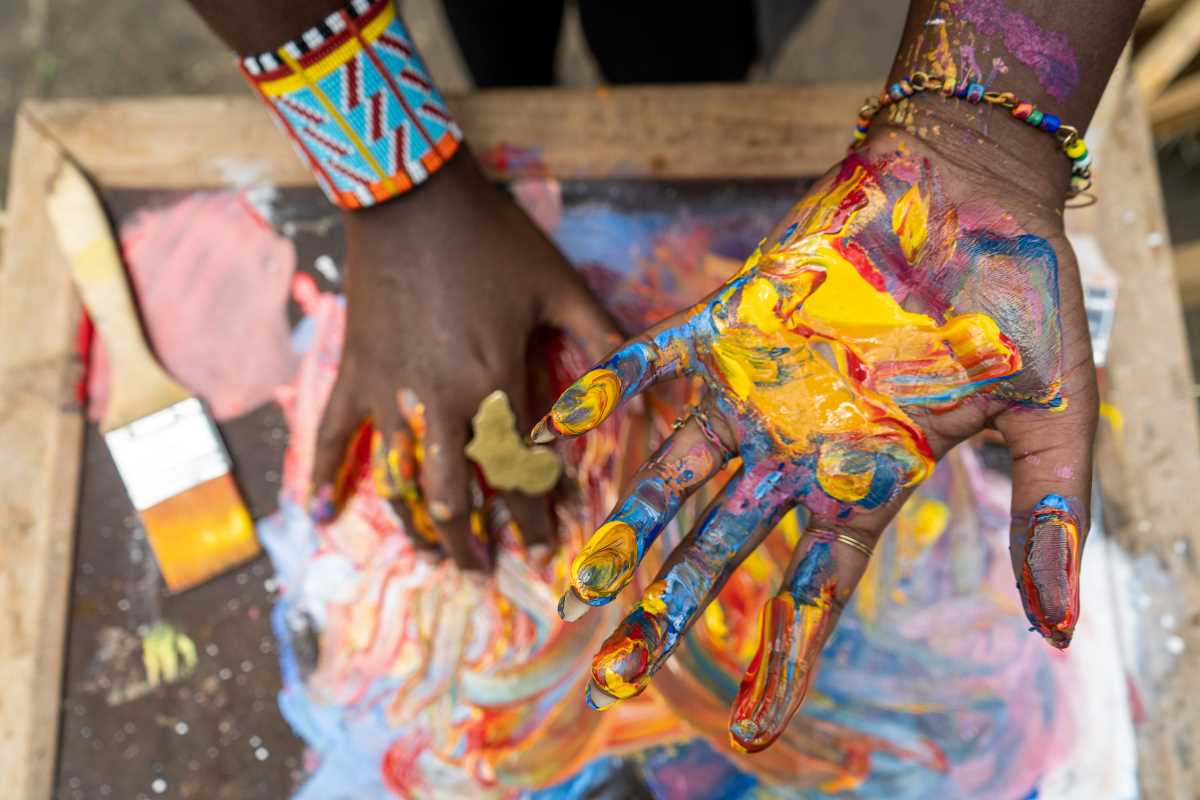Tapestries might seem like decorative wall hangings today, but they’re actually so much more than that. For centuries, these intricate woven fabrics were a blend of art and storytelling, with threads intertwined not just to create beautiful designs, but also to shape political messages, convey power, and preserve history. From the grand halls of medieval castles to modern museums, tapestries have long reflected the stories and values of the cultures that created them. To understand why they mattered so much, we need to explore their fascinating history and how these fabric masterpieces became tools for expressing art, politics, and power.
Early Beginnings of Tapestries
The story of tapestries begins thousands of years ago. Early examples of woven fabrics were found in ancient Egyptian tombs, where they were likely used as burial shrouds or decorative items. People quickly discovered that weaving could be more than a practical skill for making clothing or rugs. It became an art form.
By the time the ancient Greeks and Romans came along, textiles were a common way to show wealth and status. Wealthy families often decorated their homes with intricately designed wall hangings. These early tapestries were usually simple in design compared to the masterpieces that would come later, but the seeds of tapestry-making as a form of art were planted.
The Golden Age of Tapestries
The Middle Ages, especially between the 14th and 16th centuries, is often referred to as the “golden age” of tapestry-making. During this period, Europe saw an explosion of creativity and craftsmanship in textile art. Tapestries weren’t just decorations; they had practical and symbolic purposes.
Tapestries as Practical Items
If you’ve lived in a cold building, you know how drafts can creep in. Imagine a medieval castle with thick stone walls but no central heating. Tapestries helped solve that problem! These large, heavy fabrics were hung on walls to add insulation and keep rooms warmer during the harsh winters.
Symbols of Wealth and Power
At the same time, tapestries were a way for kings, queens, and nobles to show off their wealth and status. Creating a single tapestry could take months or even years, and it required a team of skilled weavers. The process was expensive, and the final product was considered a luxury item.
Those who could afford tapestries often commissioned pieces that told a particular story or reflected their personal values. For instance, a noble family might order a tapestry depicting a battle their ancestors had won, showing off their power and history. These pieces weren’t just private indulgences; they were statements meant to impress anyone who visited.
Tapestries as Storytellers
One of the most captivating aspects of tapestries is their ability to tell stories. Before modern printing, images woven into fabric became a way to share narratives, especially in a time when many people couldn’t read. Tapestries could convey religious stories, historical events, or mythical tales in a vivid and memorable way.
Take, for example, the famous Bayeux Tapestry, one of the best-known examples of this storytelling tradition. Created around the 11th century, this nearly 230-foot-long tapestry narrates the Norman Conquest of England and the Battle of Hastings in colorful detail. It’s essentially history "written" in thread, celebrating the victory of William the Conqueror.
Religious themes were also common. Churches often commissioned tapestries that illustrated biblical stories, helping the congregation visualize important teachings. These works served as tools for education and inspiration.
How Politics Wove Into Tapestries
Tapestries weren’t just about art or comfort; they were deeply political. Imagine walking into a throne room decorated with elaborate tapestries depicting a king’s victories and alliances. These weren’t just pretty pictures; they were propaganda.
Monarchs used tapestries to send subtle (and not-so-subtle) messages about their right to rule or their strength as leaders. Victory scenes emphasized their military power, while allegorical images reinforced their divine right to govern. Politics, power, and art were often closely tied in these woven masterpieces.
Some rulers even used tapestries as diplomacy tools. They would gift magnificent works to allies or rivals as a way of establishing goodwill or subtly asserting dominance. Tapestries were portable, making them ideal for transporting messages of power across vast distances.
From the Middle Ages to Modern Museums
The invention of the printing press and changing tastes in the 16th and 17th centuries marked the decline of tapestry-making as a major industry. Paintings began replacing textiles as the preferred medium for artistic expression. But that doesn’t mean tapestries disappeared entirely.
Fast forward to the 19th and 20th centuries, tapestries saw a revival. Artists like William Morris embraced traditional craft techniques, including weaving, during the Arts and Crafts Movement. Morris and his contemporaries valued the detail and labor that went into creating textiles, seeing them as a celebration of human skill and creativity.
Today, many of these historic tapestries live on in museums. Visitors from across the globe flock to see famous works like the Bayeux Tapestry or the magnificent series of unicorn-themed tapestries called “The Hunt of the Unicorn,” housed in the Metropolitan Museum of Art.
Tapestries Today
Modern artists continue to explore tapestry as a medium, blending it with contemporary themes and techniques. These works incorporate bold colors and abstract shapes, often reflecting current issues like climate change, cultural identity, or social justice. Tapestries have come full circle, returning to their role as a way to document both human struggles and triumphs.
Some companies and workshops also keep the tradition alive by creating custom tapestries for homes or public spaces. Technology has sped up the process, but the basic idea remains the same as it was centuries ago.
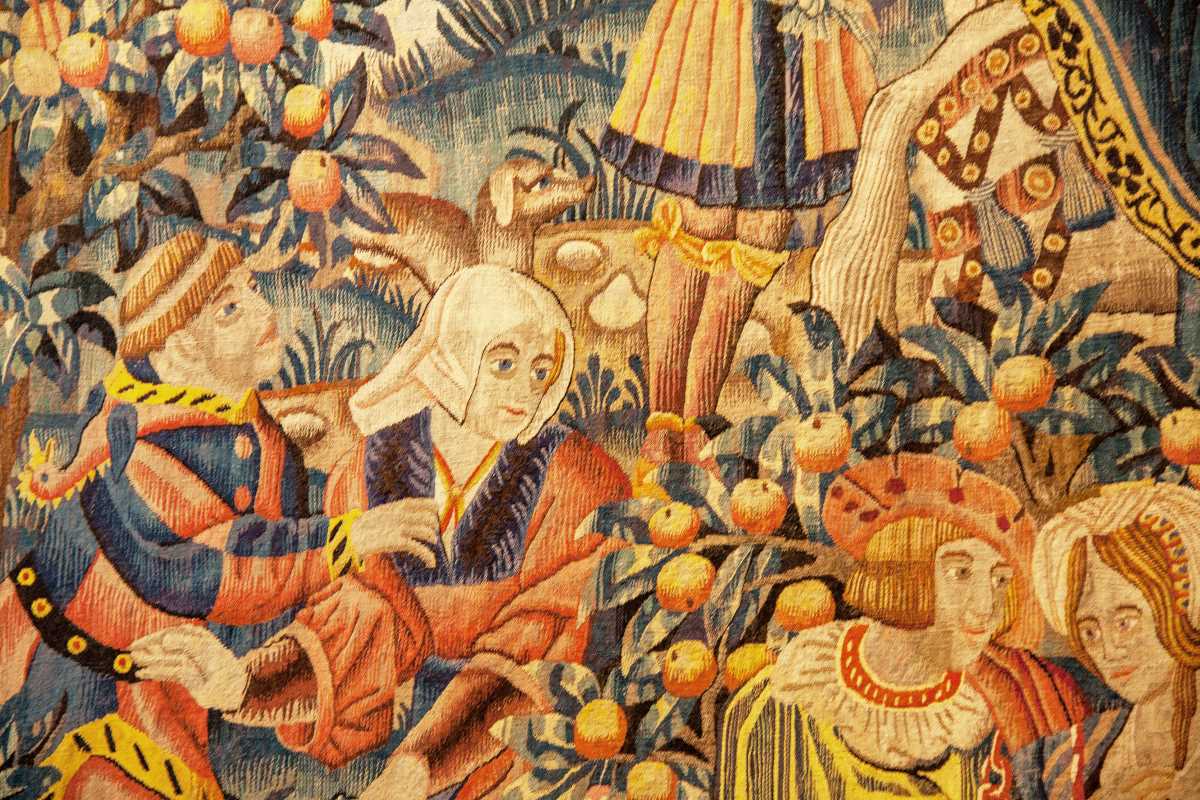 (Image via
(Image via
